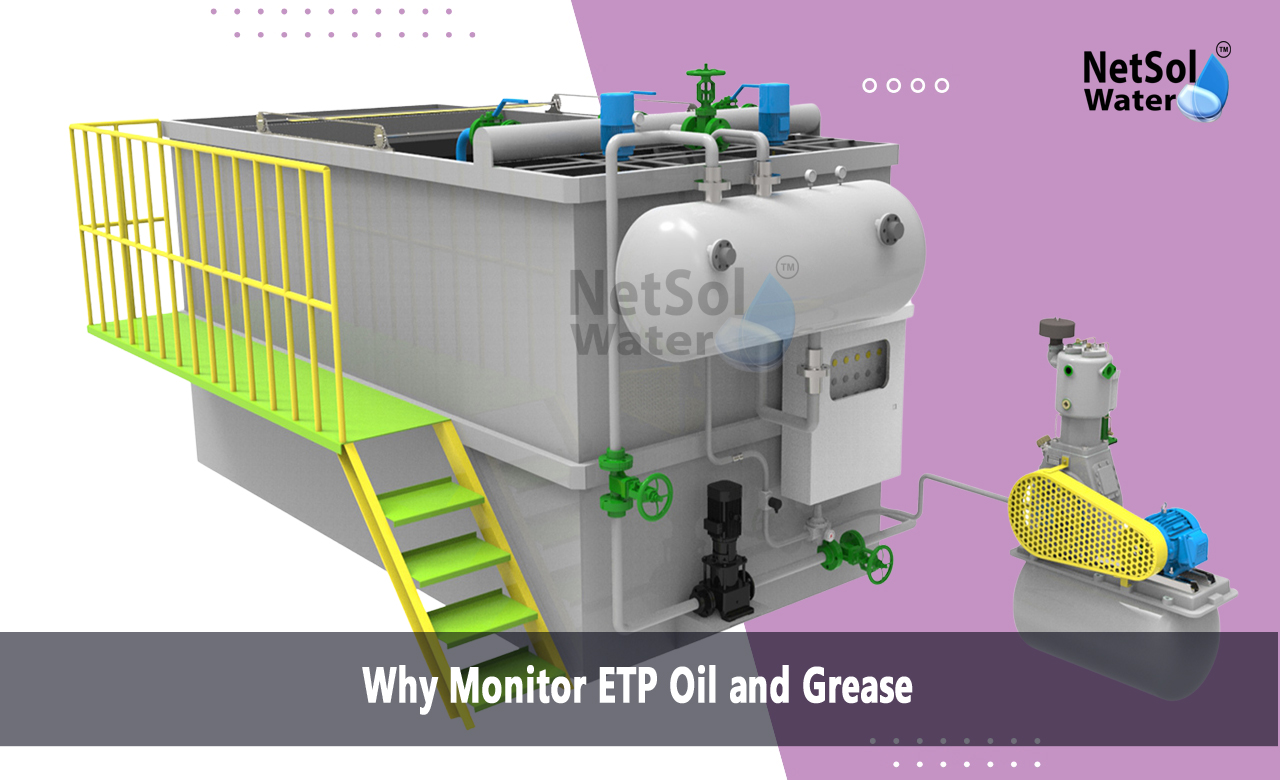Why Monitor Effluent Treatment Plant Oil and Grease?
Oil and grease accumulation in effluent treatment plants creates major obstacles for water treatment facilities worldwide. Inadequate management of these substances compromises treatment effectiveness and endangers the environment. ETP oil and grease monitoring enables treatment plant operators to achieve optimal performance while safeguarding equipment and ecosystems. We will addresses essential elements of oil and grease monitoring in ETPs, encompassing environmental impacts, operational benefits and regulatory obligations. Proper monitoring practices empower plant operators to enhance water quality, boost treatment effectiveness and fulfil environmental standards. The growing emphasis on sustainable water management necessitates robust monitoring systems for ETP oil and grease content in modern treatment facilities.
The Environmental Impact of Unmonitored Oil & Grease
Monitoring ETP oil and grease serves as a cornerstone of environmental protection. Water bodies suffer extensive damage when oil and grease enter without treatment, destroying aquatic ecosystems and wildlife. Let us have a look at some key environmental concerns:
Surface Water Contamination
Oil and grease deposits block essential sunlight and oxygen from reaching aquatic organisms by forming impenetrable surface layers. These barriers severely impact ecosystem equilibrium and jeopardize numerous species. Water movements transport these contaminants across extensive areas as they continue to float and scatter throughout water bodies.
Soil Degradation
Oil and grease-contaminated water infiltrates soil structures, destroying essential nutrients and beneficial microorganisms. The contamination prevents plants from absorbing water and nutrients effectively. Agricultural production suffers significant losses while natural environments experience progressive deterioration.
Wildlife Health Effects
Water contamination exposes wildlife to serious health complications through direct consumption and environmental contact. Oil and grease components accumulate within animal bodies, disrupting their reproductive systems and survival mechanisms. The contamination creates devastating ripple effects throughout the entire food chain.
Operational Advantages of ETP Oil & Grease Monitoring
ETP oil and grease monitoring transforms treatment plant operations by enhancing performance and treatment outcomes. This systematic approach strengthens facility management and resource utilization. Let us have a look at the operational benefits:
Equipment Protection
Monitoring programs enable facilities to identify potential equipment damage before serious problems develop. Treatment plant managers implement targeted maintenance schedules based on contamination data, extending equipment lifespan and preventing system failures.
Process Optimization
Oil and grease concentration data guides operators in fine-tuning treatment parameters. Plants achieve superior removal rates and enhanced treatment efficiency through data-driven adjustments. Consistent performance becomes achievable even during fluctuating input conditions.
Cost Management
Early detection systems help facilities avoid extensive equipment damage and replacement costs. Monitoring data guides chemical usage and energy consumption optimization throughout treatment processes. These improvements generate significant operational savings over extended periods.
Regulatory Compliance and Standards
ETP oil and grease monitoring establishes a foundation for environmental compliance and regulatory adherence. Comprehensive monitoring programs help facilities navigate complex regulatory requirements. Let us have a look at important regulatory aspects:
Discharge Limits
Environmental agencies mandate specific oil and grease limits for treated water discharge. Monitoring systems track contamination levels, ensuring facilities maintain compliance with discharge permits. Documentation from regular testing demonstrates ongoing commitment to environmental standards.
Monitoring Frequency
Regulatory frameworks specify required testing intervals for oil and grease content. Treatment plants maintain compliance by establishing systematic testing schedules. Proper documentation systems support monitoring activities and demonstrate regulatory adherence.
Testing Methods
Standard testing protocols ensure measurement accuracy and consistency. Facilities maintain equipment calibration and follow approved testing methodologies. These practices generate reliable data for regulatory reporting and compliance verification.
Conclusion:
ETP oil and grease monitoring forms an essential component of successful water treatment operations. Environmental protection advances when facilities implement comprehensive monitoring practices. Water treatment experts at Netsol Water can guide you through establishing effective monitoring systems. Our solutions protect your facility and surrounding environment while ensuring regulatory compliance. Schedule a consultation today to discover strategies for enhancing your treatment processes and maintaining environmental standards.
Contact Netsol Water at:
Phone: +919650608473, Email: enquiry@netsolwater.com



